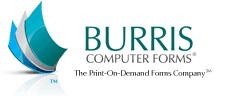New Product Page Layout! Now You Can Review Your Favorite Products.
by Chelsea Camper | Last Updated September 24, 2012
Burris Computer Forms is now sporting a great new product page layout, go check it out! There are several new things we’ve added to the product pages. Let’s take a look at ’em! Read More…
Weekly Round-Up: EDDM Tips, Printing Label Sheets, & More
by Chelsea Camper | Last Updated September 21, 2012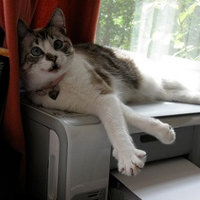
Here’s a round-up of some popular posts and interesting articles we talked about this week (plus a sneak peek of what’s coming up next week!) in a brief, easy to digest post. Read More…
Print on a Single Shipping Label Sheet for eBay Sales
by Chelsea Camper | Last Updated September 21, 2012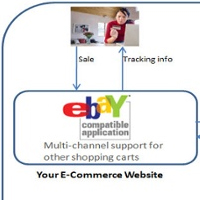
When selling through eBay you’re recommended to use PayPal for many transactions. However, when you use PayPal the shipping label prints on one sheet and the packing list on another sheet. Having your order information spread out across multiple sheets can cause issues in the order fulfillment process, such as a customer receiving an incorrect order or slowed fulfillment time. Read More…
What Does it Mean to Be A Print Your Own Master?
by Chelsea Camper | Last Updated September 20, 2012
If you have read a few blogs here on the DIY Printing Tips blog, you may have seen us use the term “Print Your Own Master.” While this sounds awesome, what does it mean?
It means you understand how to print your own and you do it well. You may not get it perfect the first time every time, but you know your way around the printer and can get the results you want from it. But that’s not all.
What else does being a Print Your Own Master mean? Read More…
10 Ways Print Your Own Masters Can Bond With Their Printer
by Chelsea Camper | Last Updated September 19, 2012
When you print your own forms you need to know your printer; its strengths, weaknesses, what the error codes mean, etc. Knowing how your printer handles certain jobs can help you make the decision on whether or not to use it for a certain job.
If you know Printer A (let’s call it Henry) is an inkjet and thus can’t print on glossy paper, you can give the glossy print job to Printer B (let’s call it Ricoh) who is a nice laser printer. Next job a high detail, full color photograph? Henry would probably be better suited for the job than Ricoh.
Let’s look at a few ways you as a Print Your Own Master can bond with your printer. Read More…
Tips and Tricks for Filling Out EDDM Facing Slips
by Chelsea Camper | Last Updated September 18, 2012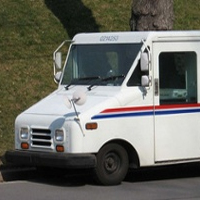
When you send out an Every Door Direct Mail campaign you need to bundle your mailers in groups of 50 or 100 with a facing slip on each bundle. Depending on how many routes you’re mailing to you could have anywhere between 2 to 100 different bundles, each with their own facing slip.
It doesn’t matter whether you’re a small or large business, filling out 50 different facing slips with mostly the same information doesn’t sound very appealing. Here are some tips and tricks for filling out EDDM facing slips. Read More…
What Paper Type are Shipping Labels Considered in a Printer?
by Chelsea Camper | Last Updated September 17, 2012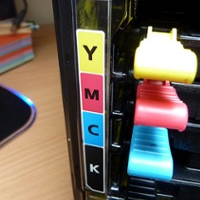
Printing your own shipping label sheets can be done with most office printers capable of printing on a regular, letter size sheet of paper. However, using an inkjet printer is not recommended since the barcode can come out a little blurry and un-scannable. Using a laser printer will typically get you the cleanest barcode…but what setting do you use on a laser printer to print shipping labels? Read More…
Weekly Round-Up: Door Hanger Parking Permits, Create Your Own LPN Barcodes, & More
by Chelsea Camper | Last Updated September 14, 2012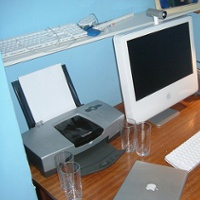
Here’s a round-up of some popular posts and interesting articles we talked about this week (plus a sneak peek of what’s coming up next week!) in a brief, easy to digest post.
How To Create Your Own 11 Digit LPN Barcode Labels
by Chelsea Camper | Last Updated September 14, 2012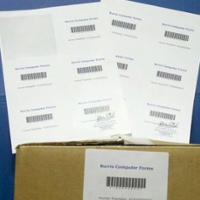
In an email we recently received a question about License Plate Number barcodes; more specifically, how to create your own. It is possible to create your own LPN barcode label sheets with just Microsoft Word® and a sheet of peel out labels. Read More…
What Are LTL and FTL & When To Use Them.
by Chelsea Camper | Last Updated September 13, 2012
LTL and FTL are abbreviations for Less than Truckload and Full Truckload, respectively. When you’re doing large shipments that weigh over 150 pounds you need to start using your larger shipping options.
The abbreviations are made up of the first letter of the first word (L for Less or F for Full) and the letters “TL” which stand for “Truckload”.
Let’s talk about what LTL and FTL are and when to use them. Read More…
